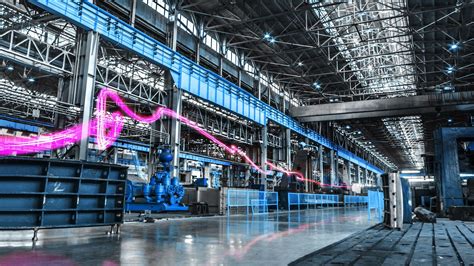Industrial sound effects

303 free Industrial sound effects can be downloaded for free and used in any project, such as: live events, audiobooks, interactive museum exhibits, racing simulators, educational tools for language learning or science exhibits, corporate branding materials, commercial animation, fashion runways, phone and tablet apps, podcast intros and outros, mobile app notifications, flight simulators, educational video games, tutorials or how-to videos, theatre sound design, radio broadcasting, virtual reality experiences, social media content, fashion shows, video game development.
Frequently Asked Questions about industrial sound effects
- Dialogue
- Sound effects/foley
- Music
Each element plays a crucial role in creating a realistic and engaging soundscape for film, television, or video games. Dialogue is the spoken words of actors or characters, while sound effects and foley are sounds that are recorded or created to illustrate specific actions and movements in the scene. Music, on the other hand, sets the emotional tone and enhances the mood of the scene.
Synthesized industrial sound effects are created without the use of microphones (in most cases). Instead , sound designers use synthesizers to generate tonal or noise-based sounds , manipulate them using software tools, and layer them to create complex effects. Other industrial sound effects are created by recording real-world sounds using microphones and then editing and processing them in software. Foley artists create sound effects by mimicking the actual sound source in a recording studio . Often there are many little sound effects that happen within any given scene , each designed to enhance the mood of the scene.
Industrial sound effects are added to create a more immersive and engaging experience for the viewer or listener. They help to convey action, emotions, and enhance the atmosphere of a scene. In movies, TV shows or video games, sound effects are used to make the action and dialogue more realistic and impactful. They can also help to clarify what is happening on screen without relying solely on visual cues. In short, sound effects are added to make the overall experience more enjoyable and memorable.
Sound effects started being introduced in films in the late 1920s, shortly after the introduction of synchronized sound in movies. Prior to this, films were often accompanied by live music or had recorded music added in post-production. Microphone technology had advanced to a point where it was possible to capture sound on set, which led to the use of sound effects in film. The first known instance of sound effects being added to a film was for the Australian premiere of the movie "The Kelly Gang" in 1906, where a symphony orchestra played live sound effects. However, it wasn't until the late 1920s that sound effects became a regular part of the film industry.
Industrial sound effects are typically created by sound designers, foley artists, or a combination of both. Sound designers create synthetic sounds and manipulate existing sounds using software tools, while foley artists recreate sounds using a variety of props. Both sound designers and foley artists work collaboratively with directors to craft aural landscapes that enhance the story being conveyed. Additionally, field recordists are often tasked with capturing specific real-world sounds that can be used as raw material for sound designers and foley artists to work with.